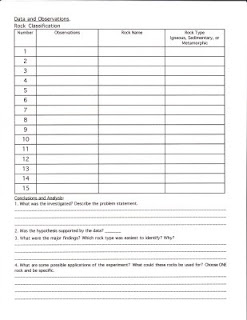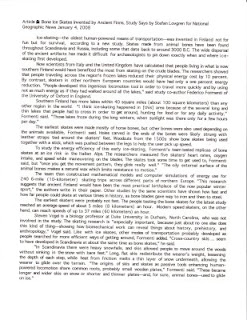


These are Home Learnings 9, 10, and 11. They must EACH be done on a separate sheet of loose leaf paper, headed correctly. See the sheets to find out which questions to answer. ANSWERS ONLY! DO NOT COPY THE ENTIRE STATEMENT!

These are the instructions/rubrics/grading scale for short story three. Be sure to follow them to the letter!

This is an example of a short story. DO NOT copy it or make your story even REMOTELY like this one!
Using information from videos from the internet, internet access, and classroom discussions,
Students should be able to:
-compare and contrast the layers of the earth.
-describe the earth's interior.
The do now was to make a KWL chart about the earth's interior.
Students received HL 9, HL 10, and HL 11, which should all be done on separate sheets of loose leaf paper, headed properly, in blue/black ink or pencil. The handouts can be found at the top of this blog. Be sure to record your answers on these sheets so we can check your work. Then, place them in your interactive notebook.
Students also received the rubrics for short story three, also found at the top of this blog. This is due on Friday, 20 February. Be sure to explicitly follow the directions on the handout.
Students then watched a BrainPop movie on the earth's interior.
Students spent the remainder of the class reading information from various websites and taking notes on the earth's interior. Students can use the links found at Dr. Gayden's Science Zone to find the information needed. They should complete a 4 column notes entitled
The Earth's Interior
Layer------Definition---------Temperature/Depth------Drawing
Crust
Mantle
Outer Core
Inner Core







































